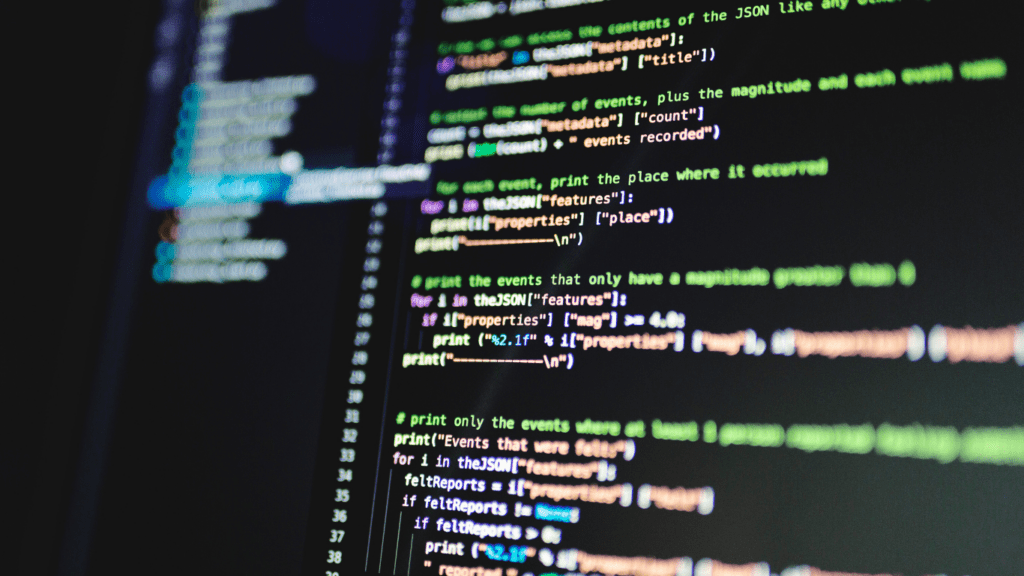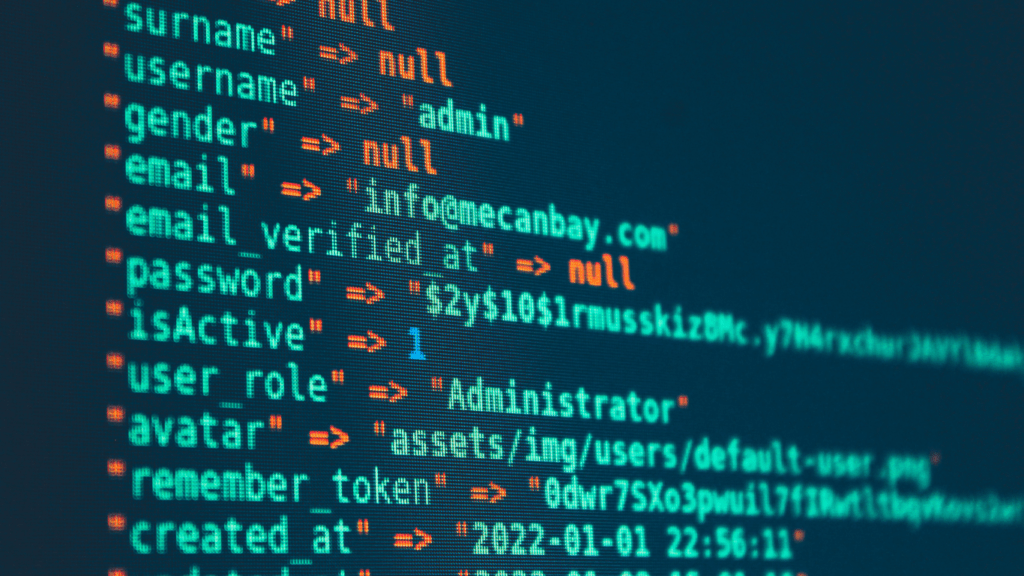Understanding Code Quality
Code quality determines how efficiently, reliably, and maintainably software performs. High-quality code supports long-term development goals and reduces technical debt.
Why Code Quality Matters
Improving code quality minimizes bugs, speeds up debugging, and simplifies future updates. Clear and concise code allows easier collaboration among team members by providing consistent structures and avoiding ambiguity. Reliable code enhances user trust, ensuring fewer disruptions during use.
Maintaining high code quality reduces project costs. Poor-quality code often requires additional time for fixes and rewrites, leading to wasted resources. For example, documenting methods thoroughly or adhering to coding standards can prevent errors in the initial stages of development.
Common Challenges in Maintaining Code Quality
Codebase complexity increases maintenance difficulty. As projects grow, interdependencies between modules make understanding and updating the code harder. For instance, unstructured or undocumented code adds to technical debt over time.
Team misalignment disrupts consistency. If developers use varied practices, like differing naming conventions or formatting, collaboration becomes inefficient. Aligning everyone to shared standards and tools mitigates this issue.
Time constraints often compromise quality. Tight deadlines can push developers to deprioritize testing or refactoring, resulting in poorly structured code. Allocating time for comprehensive reviews ensures future bugs don’t escalate.
Key Best Practices for Boosting Code Quality

Improving code quality requires adopting consistent practices that enhance readability, maintainability, and reliability. Below are critical strategies to help developers craft better code.
Clean Code Principles
Applying clean code principles simplifies development and reduces bugs. Small functions with single responsibilities improve clarity. Avoiding hard-coded values and using meaningful variable names contributes to readability. Prioritizing simplicity over clever solutions ensures maintainability, especially as projects scale. Consistent formatting, such as aligned indentation and spacing, creates visually organized code, reducing cognitive load during reviews or debugging.
Writing Readable and Maintainable Code
Readable and maintainable code facilitates collaboration and future scalability. Comments explaining the “why” behind decisions help others understand the logic without guessing. Modular design structures code into reusable components, avoiding redundancy. Following established naming conventions eliminates ambiguity during team handoffs. Dependency management ensures libraries and modules integrate seamlessly without introducing bloat or conflicts.
Effective Code Reviews
- Code reviews enhance quality by uncovering overlooked issues and encouraging shared learning.
- Starting reviews with a checklist ensures all essential criteria, like style adherence and performance considerations, are addressed.
- Focusing on specific functionality during each review reduces context switching and increases precision.
- Encouraging constructive feedback builds a culture of trust, helping everyone improve while maintaining project standards.
Tools and Techniques for Ensuring Code Quality
Maintaining high code quality requires the right combination of tools and methods. Below, I focus on proven tools and practices that aid in writing, testing, and maintaining efficient code.
Static Analysis Tools
Static analysis tools detect potential code issues by scanning codebases without executing them. I rely on tools like SonarQube, ESLint, and PMD to spot errors, enforce coding standards, and measure code complexity. These tools identify vulnerabilities, code smells, and maintainability issues early, reducing downstream debugging efforts. By integrating static analysis into my workflow, I ensure cleaner and more consistent code.
Automated Testing Strategies
Automated tests validate functionality and catch regressions during development. I implement unit testing with frameworks like Jest or JUnit for individual components, integration testing for combined functionality, and end-to-end testing with tools like Selenium or Cypress. Writing automated tests aligns with test-driven development (TDD), ensuring features are robust from the start. Regularly running these tests increases confidence in deployed changes and supports long-term code quality.
Continuous Integration and Deployment (CI/CD)
CI/CD pipelines streamline and automate the building, testing, and deploying of applications. When I configure tools like Jenkins, GitHub Actions, or CircleCI, I integrate frequent commits, automated tests, and deployment workflows into my projects. CI ensures code changes integrate seamlessly, while CD automates delivering updates to production or staging environments. These pipelines reduce manual errors, speed up releases, and maintain software reliability.
Team Collaboration and Communication
Effective collaboration and communication are crucial for building high-quality software. By fostering a strong team dynamic, developers can align on goals, enhance productivity, and maintain consistent code quality.
Establishing Coding Standards
Defining shared coding standards ensures that all team members follow consistent practices. Standards should include naming conventions, formatting rules, and guidelines for documenting code. Teams that use the same coding style reduce misunderstandings and improve the maintainability of the codebase.
I recommend documenting these standards in a centralized repository, such as a style guide or a CONTRIBUTING.md file, for easy reference. Tools like Prettier and Checkstyle can enforce these rules automatically during code reviews or commits, ensuring adherence without manual intervention. Clear standards also ease onboarding for new team members by providing uniform expectations.
Pair Programming and Knowledge Sharing
Pair programming helps developers collaborate in real-time, enhancing problem-solving and code quality. This approach often results in fewer bugs and promotes shared ownership of the codebase. One developer writes code while the other reviews it simultaneously, ensuring immediate feedback and reducing errors.
I also encourage regular knowledge-sharing sessions, like lunchtime talks or code walkthroughs. Sharing insights about frameworks, tools, or challenges ensures that expertise is distributed across the team. Mentorships and cross-training are other strategies for bridging skill gaps, fostering a more adaptable and knowledgeable team. By leveraging pair programming and knowledge-sharing practices, teams can strengthen collaboration and deliver better results.

 Frank Gilbert played an instrumental role in shaping the foundation of Code Hackers Elite. With a sharp eye for innovation and deep expertise in software architecture, Frank was central in building the technical framework that powers the platform today. His commitment to clean, scalable code and forward-thinking development practices helped establish a strong backbone for the site, ensuring that the delivery of tech news and coding resources remains seamless and efficient for users worldwide.
Frank Gilbert played an instrumental role in shaping the foundation of Code Hackers Elite. With a sharp eye for innovation and deep expertise in software architecture, Frank was central in building the technical framework that powers the platform today. His commitment to clean, scalable code and forward-thinking development practices helped establish a strong backbone for the site, ensuring that the delivery of tech news and coding resources remains seamless and efficient for users worldwide.
